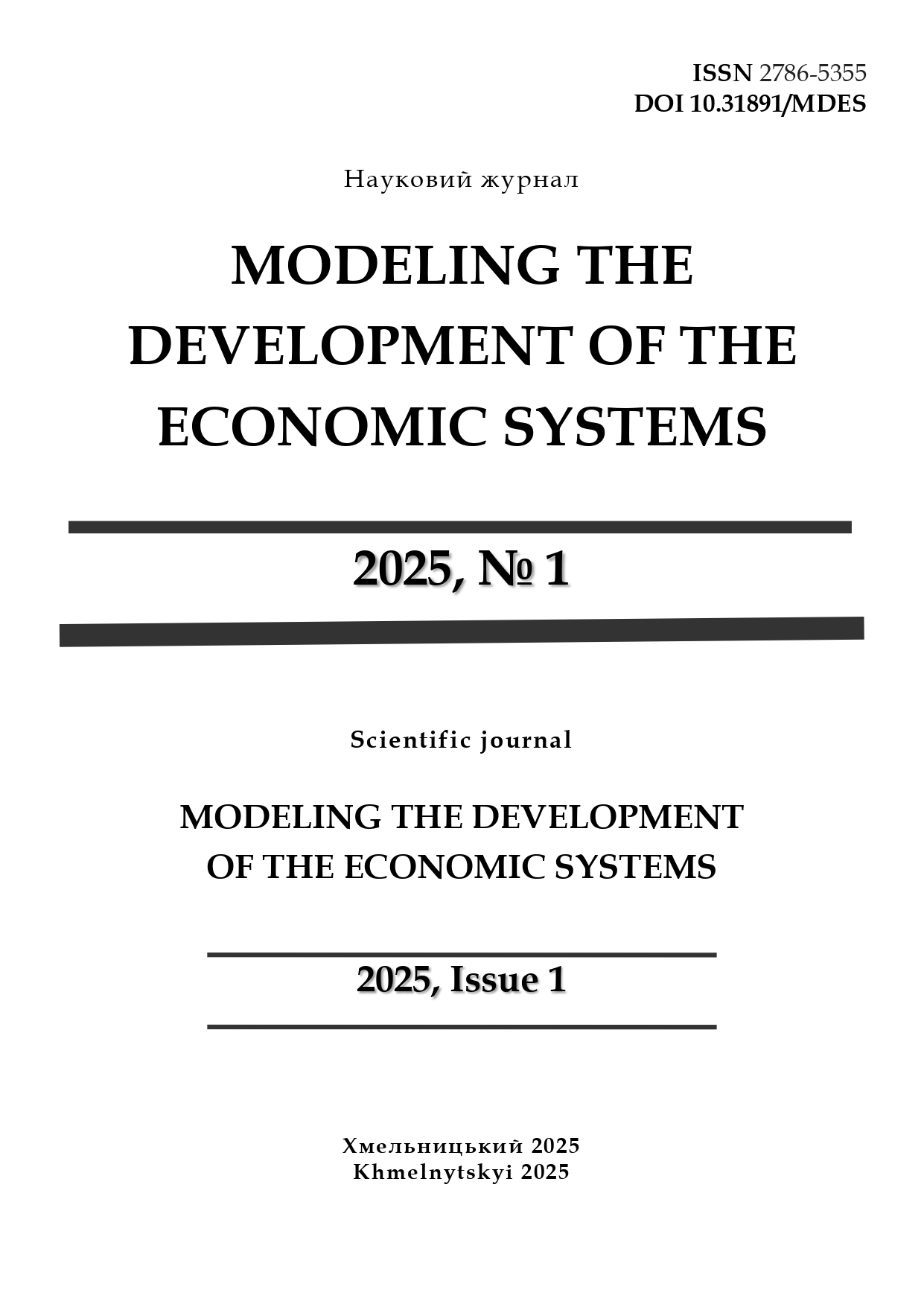INNOVATIVE CONCEPT OF CONTINUOUS ADAPTATION IN STRATEGIC MANAGEMENT OF THE COMPETITIVENESS OF TOURISM ENTERPRISES
DOI:
https://doi.org/10.31891/mdes/2025-15-60Keywords:
strategic management, competitiveness, Always-On Strategy, adaptability, tourism enterprises, innovations, inclusive decision-makingAbstract
The article provides a comparative analysis of the effectiveness of traditional strategic management methods and approaches integrated with the concept of "continuous adaptation" in the conditions of dynamic changes in the business environment. The study focuses on the limitations of classical strategic management models, such as irregular updating of plans, use of outdated data, the gap between strategy formulation and its implementation, and insufficient integration of strategic goals into operational activities. These factors reduce the adaptability of organizations to rapid market changes, technological breakthroughs, and changing consumer expectations. The Always-On Strategy model is proposed as an alternative that provides a continuous cycle of strategic management of the competitiveness of tourism enterprises. It involves constant scanning of the internal and external environment, operational analysis and prioritization of data, implementation and monitoring of strategic initiatives, and real-time strategy adjustments. Key elements of the Always-On Strategy include a continuous strategic context, inclusive decision-making, leadership collaboration, risk mitigation, technology and data use, and customer focus. They contribute to increasing the flexibility, adaptability, and competitiveness of organizations. The advantages of the model include rapid response to market changes through automation and real-time data analysis, cross-functional alignment through inclusivity and collaboration, and resilience to crises through proactive risk management. At the same time, implementing the Always-On Strategy is associated with challenges such as technological dependency, the need for cultural change in hierarchical organizations, and the risk of data overload. Three fundamental changes are proposed to implement the model: integrating strategic discussions into regular management meetings, shortening the time horizon of the strategy cycle, and giving operational teams expanded authority. The implementation stages include continuous scanning of the environment, analysis and prioritization, execution with monitoring and real-time adjustments.
Downloads
Published
How to Cite
Issue
Section
License
Copyright (c) 2025 Олег ФЕДІРЕЦЬ, Микола ЗОСЬ-КІОР, Ірина ГНАТЕНКО, Микола ЗЕМЦОВ

This work is licensed under a Creative Commons Attribution 4.0 International License.




